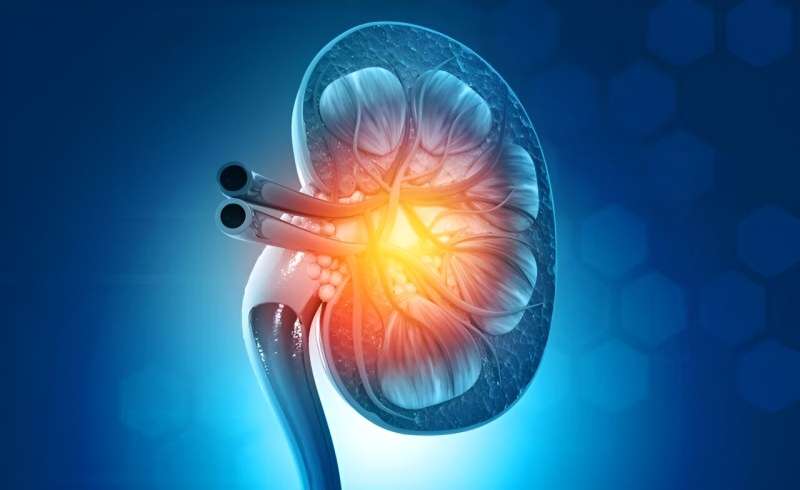During a mean follow-up of 25 years, living kidney donors have shown a lower rate of overall fractures compared with eligible nondonor controls, according to a study published online Jan. 24 in JAMA Network Open.
Hilal Maradit Kremers, M.D., from the Mayo Clinic in Rochester, Minnesota, and colleagues compared the overall and site-specific risk for fractures among living kidney donors with strictly matched controls from the general population who would have been eligible to donate a kidney but did not do so. The analysis included 2,132 living kidney donors and 2,014 nondonor controls.
The researchers reported that the mean time between donation or index date and survey date was 24.2 years for donors and 27.6 years for controls. They found that the overall rate of fractures among living kidney donors was significantly lower than among controls (standardized incidence ratio, 0.89), although there were significantly more vertebral fractures among living kidney donors versus controls (standardized incidence ratio, 1.42).
"This study suggests that although the overall fracture rate among donors was low, reductions in kidney mass and prolonged hyperparathyroidism may predispose living kidney donors to trabecular bone loss and vertebral fractures," the authors write.
More information: Hilal Maradit Kremers et al, Fracture Risk Among Living Kidney Donors 25 Years After Donation, JAMA Network Open (2024). DOI: 10.1001/jamanetworkopen.2023.53005
Journal information: JAMA Network Open
2024 HealthDay. All rights reserved.























